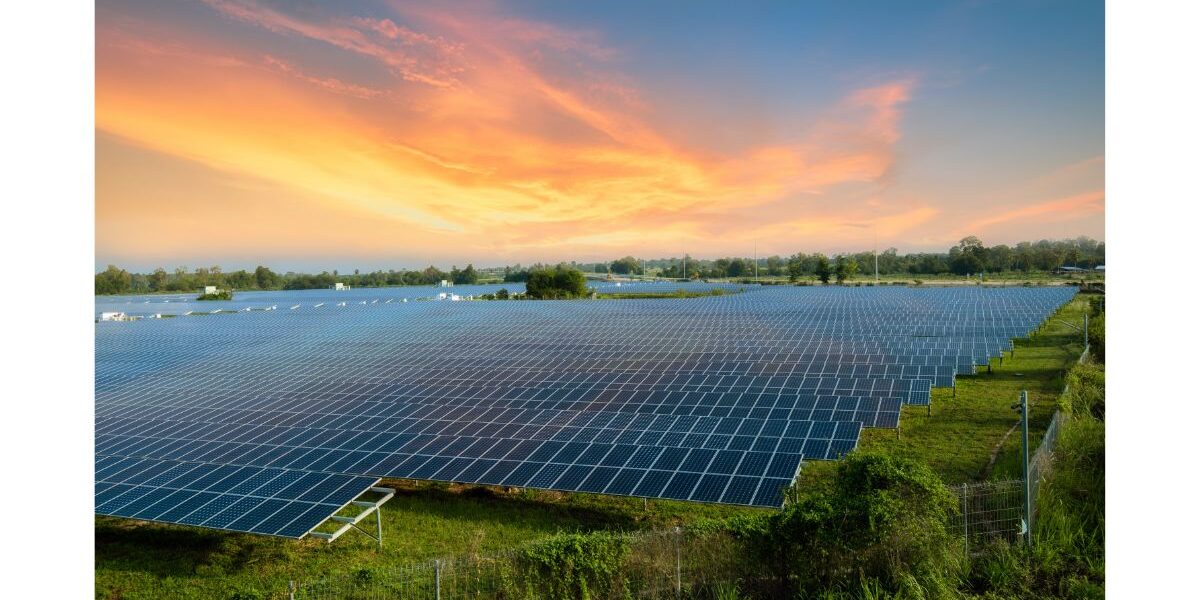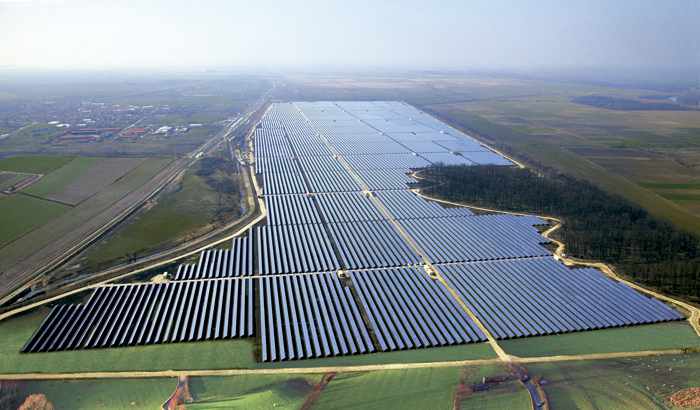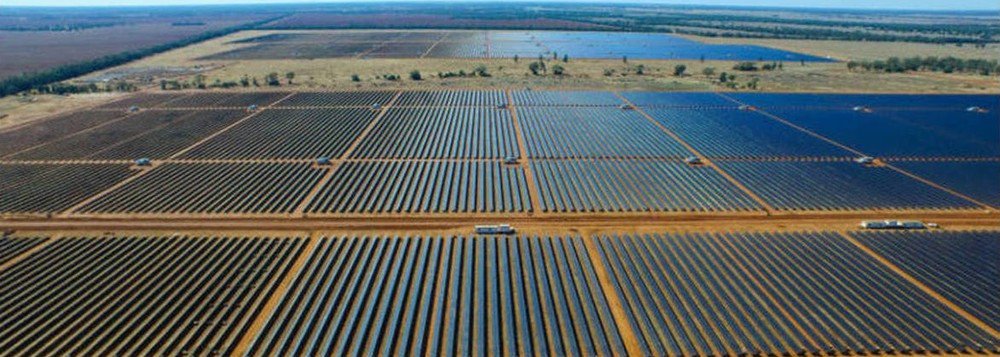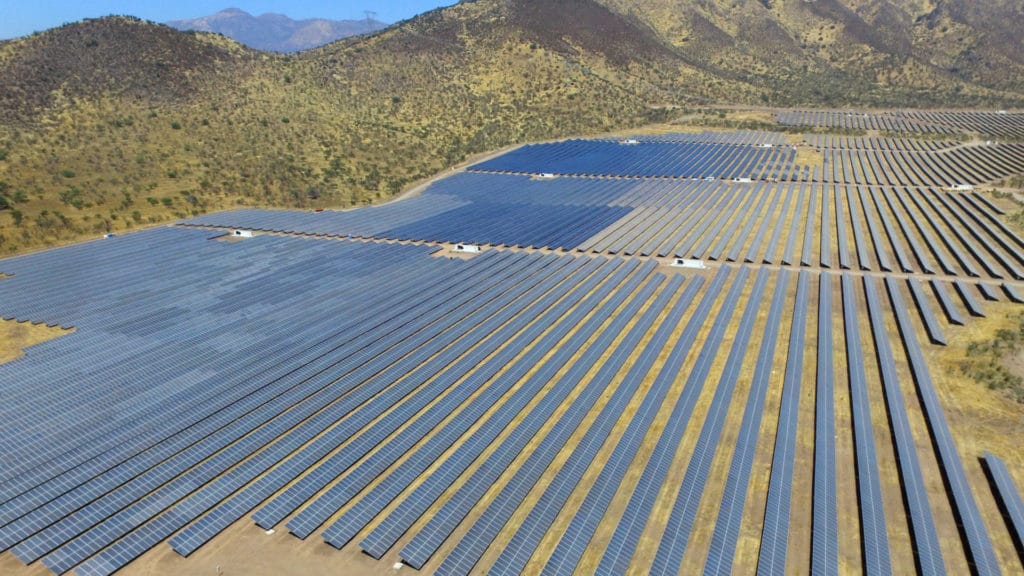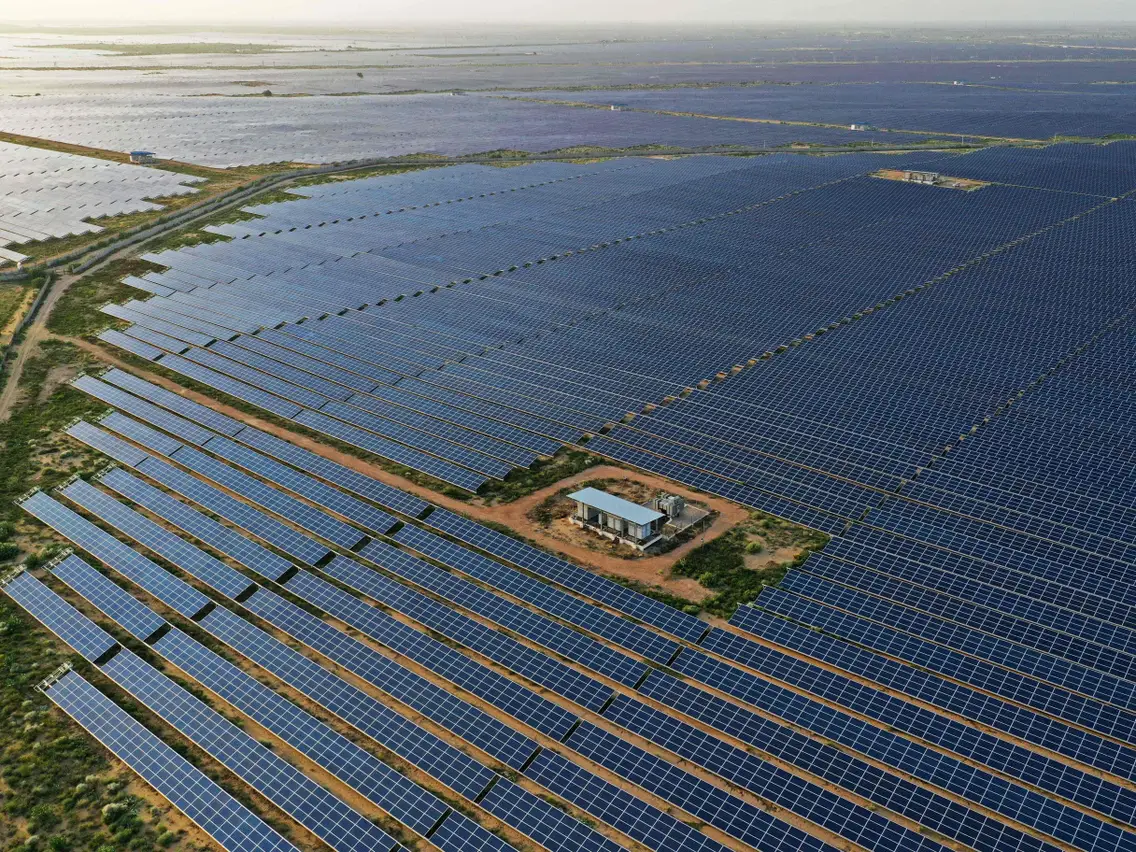Exploring the Colossal Solar Projects Powering Our Future
A Journey Through the Vastness of Solar Ingenuity
Prof. Aécio D’Silva, Ph.D.
AquaUniversity
Large-scale solar power plants are facilities that generate electricity from sunlight using photovoltaic panels or concentrated solar power systems
Large-Scale Solar Power – The quest for renewable energy has led to the creation of awe-inspiring solar energy projects across the globe. These projects are not only marvels of engineering but also beacons of hope for a sustainable future. In this blog, we’ll explore the benefits and challenges of large solar energy projects in the world, their impact, and the promise they hold.
This article is a glimpse into the monumental efforts being made in harnessing solar energy. The projects mentioned are leading the charge in the transition to renewable energy, setting the stage for a brighter, cleaner tomorrow.
What are large-scale solar power plants?
Solar power is one of the most promising and fastest-growing renewable energy sources in the world, as it harnesses the abundant and clean energy of the sun to produce electricity. Solar power plants are facilities that convert sunlight into electricity using photovoltaic (PV) panels or concentrated solar power (CSP) systems.
Photovoltaic (PV) panels directly transform sunlight into electricity by employing semiconducting materials. Conversely, Concentrated Solar Power (CSP) systems harness mirrors or lenses to focus sunlight onto a confined area, generating heat capable of producing electricity. While solar power can be generated at different scales, from rooftop systems to utility-scale projects, this Collaborative Intelligence post will focus on large-scale solar power plants, which are typically defined as having a capacity of more than 10 megawatts (MW). Large-scale solar power plants can offer many advantages for the environment, the economy, and society, but they also face some technical, financial, and social hurdles that need to be overcome. In this post, we will explore the benefits and challenges of large-scale solar power plants and provide some examples and recommendations for their development and deployment.
Large-scale solar power plants can offer many advantages for the environment, the economy, and society, but they also face some technical, financial, and social hurdles that need to be overcome.
The benefits of large-scale solar power plants
Large-scale solar power plants can reduce greenhouse gas emissions, lower electricity costs, create jobs, and improve energy security and access.
Large-scale solar power plants have several benefits over conventional power plants that use fossil fuels, such as coal, oil, or natural gas, such as:
- Reducing greenhouse gas emissions: Large-scale solar power plants can help mitigate climate change by reducing greenhouse gas emissions, which are the main cause of global warming. Solar power plants do not emit carbon dioxide or other pollutants during electricity generation, unlike fossil fuel plants, which are responsible for about 40% of global carbon dioxide emissions.
According to a study by the International Renewable Energy Agency (IRENA), solar power could avoid up to 4 gigatons of carbon dioxide emissions per year by 2030, equivalent to the annual emissions of the European Union.
- Lowering electricity costs: Large-scale solar power plants can help lower electricity costs by reducing the dependence on fossil fuels, which are subject to price volatility and supply disruptions. Solar power plants can also take advantage of economies of scale, which means that the cost per unit of electricity decreases as the size of the plant increases. The cost of large-scale solar power has dropped dramatically in recent years, due to technological improvements, increased competition, and policy support. According to IRENA, the global weighted average levelized cost of electricity (LCOE) from utility-scale solar PV fell by 82% between 2010 and 2019, reaching 6.8 cents per kilowatt-hour (kWh) in 2019. The LCOE is a measure of the average cost of producing electricity over the lifetime of a power plant, taking into account the capital, operation, maintenance, and fuel costs.
- Creating jobs: Large-scale solar power plants can create jobs and stimulate economic growth in various sectors, such as manufacturing, construction, operation, maintenance, and research and development. Solar power is more labor-intensive than fossil fuel power, as it requires more workers for the installation, operation, and maintenance of the systems. According to IRENA, the global solar PV industry employed about 3.8 million people in 2019, accounting for about a third of the total renewable energy jobs. The solar PV industry also has a high potential for local job creation, as it can involve local suppliers, contractors, and service providers.
- Improving energy security and access: Large-scale solar power plants can improve energy security and access by diversifying the energy mix, reducing the reliance on imported fuels, and increasing the resilience of the power system. Solar power plants can also provide electricity to remote or rural areas that are not connected to the grid, or that suffer from frequent power outages, by using off-grid or mini-grid systems. According to the World Bank, about 840 million people still lack access to electricity, mostly in Sub-Saharan Africa and South Asia. Solar power can help bridge this gap, as it is often cheaper and faster to deploy than extending the grid or using diesel generators.
The challenges of large-scale solar power plants
Large-scale solar power plants face technical, financial, and social barriers, such as intermittency, grid integration, land use, and public acceptance.
Large-scale solar power plants also have some challenges that need to be addressed to achieve their full potential and adoption, such as:
- Intermittency: Large-scale solar power plants are dependent on the availability and intensity of sunlight, which can vary depending on the time of day, season, weather, and location. This means that solar power is not always available or predictable, unlike fossil fuel power, which can be controlled and dispatched on demand. This can pose a challenge for the stability and reliability of the power system, especially when solar power accounts for a large share of the electricity supply. To overcome this challenge, solar power plants need to be complemented by other sources of power, such as batteries, pumped hydro, or gas turbines, which can provide backup or balancing power when solar power is low or high. Solar power plants also need to be equipped with smart technologies, such as inverters, controllers, or sensors, which can adjust the output and voltage of the solar power to match the grid requirements.
- Grid integration: Large-scale solar power plants need to be connected to the grid, which is the network of transmission and distribution lines that deliver electricity from the power plants to the consumers. However, the grid may not have the capacity or the flexibility to accommodate large and variable amounts of solar power, especially in areas where the grid is weak, congested, or outdated. This can cause problems such as voltage fluctuations, frequency deviations, or power losses, which can affect the quality and safety of the electricity supply. To overcome this challenge, solar power plants need to be integrated into the grid in a coordinated and efficient manner, considering the grid infrastructure, regulations, and planning. Solar power plants also need to be located close to the demand centers or connected to the grid through high-voltage transmission lines, to reduce transmission losses and costs.
- Land use: Large-scale solar power plants require large amounts of land, which can be scarce, expensive, or contested, especially in densely populated or environmentally sensitive areas. Solar power plants can also have impacts on land use, such as displacing agricultural or pastoral activities, affecting wildlife habitats and biodiversity, or altering the landscape and scenery. To overcome this challenge, solar power plants need to be sited and designed carefully and responsibly, considering the land availability, suitability, and ownership, as well as the environmental and social impacts and benefits. Solar power plants also need to minimize their land footprint, by using dual-use or degraded lands, or by integrating solar panels with other structures, such as buildings, roads, or canals.
- Public acceptance: Large-scale solar power plants need to gain the acceptance and support of the public, which can include the local communities, the consumers, the policymakers, and the media. However, the public may have concerns or objections about solar power plants, such as their visual impact, noise, glare, or potential health risks. The public may also have preferences or expectations about the electricity price, quality, and source, which may not match with the solar power plants. To overcome this challenge, solar power plants need to engage and communicate with the public transparently, taking into account their views, values, and interests. Solar power plants also need to provide information and education about the benefits and safety of solar power and to address the concerns and misconceptions of the public.
The future of large-scale solar power plants
Large-scale solar power plants are expected to play a key role in the transition to a low-carbon and sustainable energy system, but they need further research, innovation, and support from various actors.
Large-scale solar power plants are not a new concept, as they have been developed and deployed since the 1980s, mainly in countries with high solar potential, such as the United States, Spain, China, and India. However, large-scale solar power plants have gained renewed interest and momentum in recent years, as technology has improved and the cost has decreased, making solar power more competitive and attractive. According to BloombergNEF, the worldwide installed capacity of utility-scale solar photovoltaic (PV) could reach 574 gigawatts (GWdc) in 2024. This represents a 3% increase from 2023, during which analysts estimated that 350 GWdc of PV were installed globally. However, alternative sources provide different estimates. The Department of Energy anticipates 400 GWdc in 2024, while woodmac.com expects 430 GWdc., with several projects under construction or development.
However, large-scale solar power plants are still facing some technical, financial, and social barriers that need to be overcome to achieve their full potential and adoption. Large-scale solar power plants need further research and innovation to improve their performance, efficiency, reliability, and affordability, as well as to optimize their integration and compatibility with different energy systems and scenarios. Large-scale solar power plants also need support and involvement from various actors, such as governments, utilities, investors, developers, and consumers, to create a favorable and enabling framework and market for solar power. Large-scale solar power plants need to align with local conditions, as well as the needs and expectations of society, to achieve a successful and sustainable future.
Examples of large-scale solar power plants
Large-scale solar power plants are facilities that generate electricity from sunlight using photovoltaic panels or concentrated solar power systems. As the world gravitates towards sustainable energy, solar power stands out as a key player. It’s clean, abundant, and increasingly cost-effective. The solar industry has seen exponential growth, with projects becoming larger and more ambitious. Here, we delve into the titans of solar energy that are setting new standards for renewable power. Some examples of large-scale solar power plants are:
The Pioneers of Solar Capacity
- Bhadla Solar Park, India – Nestled in the Thar Desert, the Bhadla Solar Park spans an astonishing 14,000 acres. With a capacity of 2,245 MW, it’s a testament to India’s commitment to renewable energy. This is the largest solar power plant in the world located in Rajasthan, India. It was commissioned in 2019 and is owned by various public and private entities.

- Huanghe Hydropower Golmud Solar Park, China – China’s Qinghai province is home to the Huanghe Hydropower Golmud Solar Park. Boasting a capacity of 2,200 MW, it’s part of China’s significant push into solar energy. This is the second-largest solar power plant in the world and covers an area of 16,600 acres. It was commissioned in 2020 and is owned by the Huanghe Hydropower Development Company.
- Pavagada Solar Park, India – Karnataka’s Pavagada Solar Park, also known as the ‘Solar City,’ extends over 13,000 acres and has a capacity of 2,050 MW. It’s a shining example of community-involved development. This is the third-largest solar power plant in the world. It is in Karnataka, India. It was commissioned in 2019 and is owned by various public and private entities.
- Benban Solar Park, Egypt – Egypt’s foray into large-scale solar is marked by the Benban Solar Park. With a capacity of 1,650 MW, it’s set to not only power homes but also to drive economic growth. This is the fourth-largest solar power plant in the world It is in Benban, Egypt, and covers an area of 14,400 acres. It was commissioned in 2019 and is owned by various public and private entities.
- Tengger Desert Solar Park, China – The Tengger Desert Solar Park, also known as the ‘Great Wall of Solar,’ has a capacity of 1,547 MW. It’s part of China’s green energy revolution. This is the fifth-largest solar power plant in the world. It is in Zhongwei, Ningxia, China, and covers an area of 16,600 acres. It was commissioned in 2016 and is owned by various public and private entities.
To conclude, these solar giants are more than just power plants; they’re symbols of a global shift towards a greener future. They display the potential of solar energy to meet the world’s power needs sustainably. As technology advances and costs decrease, we can expect to see even more impressive projects that will continue to push the boundaries of what’s possible in renewable energy.
References:
- The Benefits And Challenges In Building Larger Solar Power Plants. https://www.novergysolar.com/larger-solar-power-plants-benefits-challenges/.
- 10 largest solar projects completed in the U.S. so far in 2021. https://www.renewableenergyworld.com/solar/10-largest-solar-projects-completed-in-the-u-s-so-far-in-2021/
- Major Solar Projects List | SEIA. https://www.seia.org/research-resources/major-solar-projects-list
- The biggest solar power plants in the world – Power Technologyhttps://www.power-technology.com/features/the-worlds-biggest-solar-power-plants/
- The 20 Largest Solar Power Plants in the Worldhttps://solarpower.guide/solar-energy-insights/largest-solar-plants
